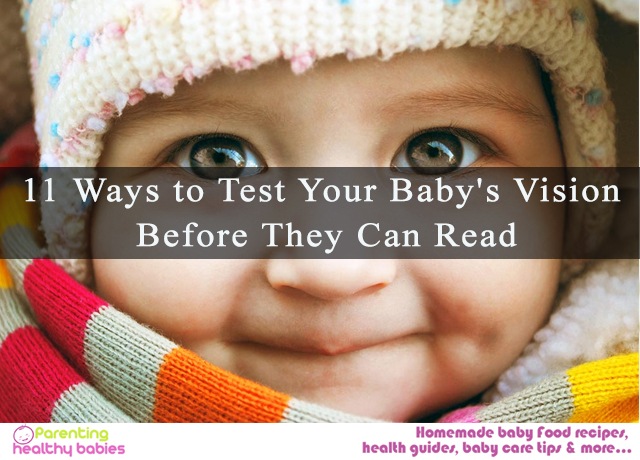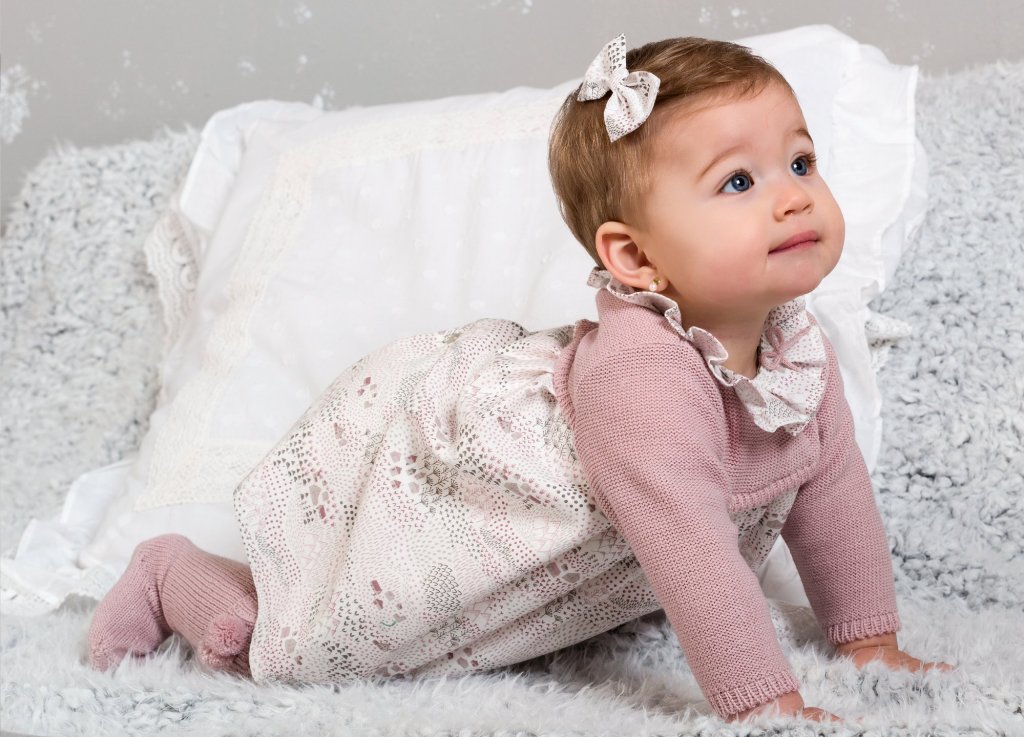Normal vision is essential for proper development of your baby. It needs to have proper vision in order to explore the world and take the first baby steps. Anomalies in vision, if any, need early intervention. It can make a world of difference in the development of your baby. However, identifying the problem itself is a difficult task. Both the doctor and the parents need to have an acute observation about the baby’s disposition.
Doctors do have the habit of looking into the eyes of babies and smile to see if they are responding with that all conquering and heavenly smile or not. However, parents are the primary caregivers for their babies. They need to be aware of the ways and means to test their baby’s vision. It is only then that they would have an idea about issues that may be somewhat abnormal.
11 Ways to Test Your Baby’s Vision
1} Interact during feeding
Babies can’t see clearly just after birth. With a vision of about 20/400, your baby’s vision on the very first day is most likely blurry. However, babies can focus on objects kept at a distance of about 1 Feet from his face just after a week. So babies can surely see the mother clearly during feeding. Not only that, they can even see colours, especially very bright ones. So if the baby is responding to your smiles and hand or head movements then you may rest assured that your baby can see.
2} Mimic facial expressions
Spend some personal moments with your baby and try to gaze into her eyes and mimic various facial expressions. If your baby is about 6 week of age then she should respond with similar expressions or at least try to do similar things. With this you can make sure that your child has got distinct vision.
3} Toys with contrasting patterns
Babies are attracted to contrasting patterns. Place some toys or figures with such patterns in the field if vision of the child, preferably in the straight line of vision. Do change the position of the toys to see if there is any change in your child’s gaze.
4} Observe for squint
Try to observe if the baby has got a squint. See if an eye is continuously turned in or out although the other eye is responding to objects, colours, patterns, hand movements, smiles etc normally. If there is any, make an appointment with the paediatrician.
5} Are the eyes drifting from the object?
By 6 months of age your baby should be able to focus on objects. If you find that your baby’s gaze is not sticking to a particular item for some time and is drifting all over the room, then you should consult the paediatrician. It may have some problem with focussing.
6} Bright colours
Babies are always attracted to bright colours, and that too from their very birth, albeit from the time they are able to see at least to a distance. Place some bright toys or objects at one place over its crib or closer in its line of vision. It is expected that your baby will gaze intently on it. Change the position of the toy and see his gaze shift to the new place.
7} Age appropriate activities
As the baby grows up, its ambit of activities increases. Its activities as a toddler are more than its activities as a crawler. Let your baby engage in age appropriate activities like picking up balls, building blocks etc. If your little one picks up colours with a pattern you can rest assured that baby’s vision is normal.
8} Test your baby’s depth of vision with toys
There are toys like building blocks and their ilk which need an understanding of the proper size and depth of a piece of block and its counterpart. If your child is not able to pick up the right pieces even after multiple attempts then you should visit the paediatrician.
9} Grabbing objects
Place colourful objects on the bed and let your little one try to grab them. If your baby attempts to do so, shift the item and see if she attempts to grab it again. If does so then you may rest assured that your baby can see well and perceive differences in places.
10} Put on and put off the light
Put on and put off the light in your home and observe whether your baby blinks when the light is put on. If he does not, there is some problem with his vision. Do talk to the paediatrician.
11} Let your baby throw balls
By 11-12 months of age, your baby should have the ability to judge distances well. It is time to play with him with balls. Give colourful balls in its hand and make hand gestures for him to throw it to you. If it does not throw at all or the throw is completely wayward then talk to a doctor.
Periodic eye tests are mandatory, for new born infants, to identify problems during the course of their development. Serious issues cropping up during childhood are on the rarer side, but early detection along with management is the key to prevent issues from surfacing again.
An eye test after a baby being born could detect problems immediately. If infants are not subject to routine eye check-ups these problems may go unnoticed and emerge to be major issues in the days to come. Trust me they have considerable impact on education along with development of your baby.
So wake up! And head to the nearest eye clinic.
References
http://kidshealth.org/en/parents/sensenewborn.html
http://kidshealth.org/en/parents/strabismus.html













